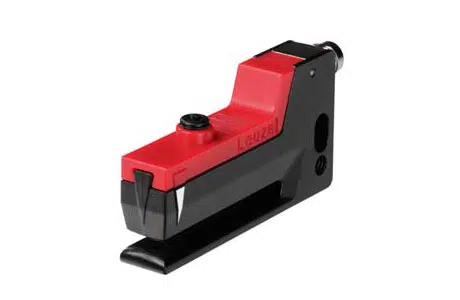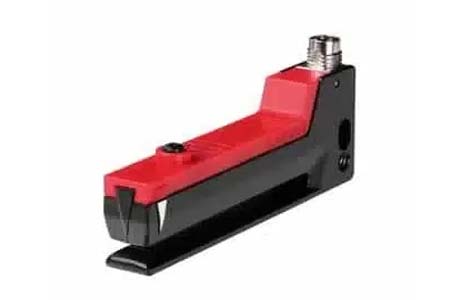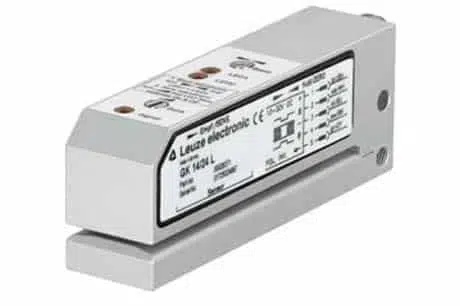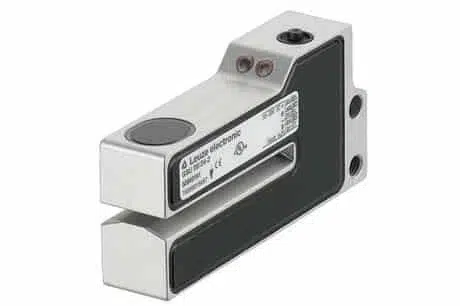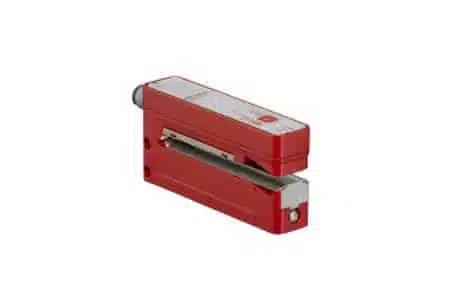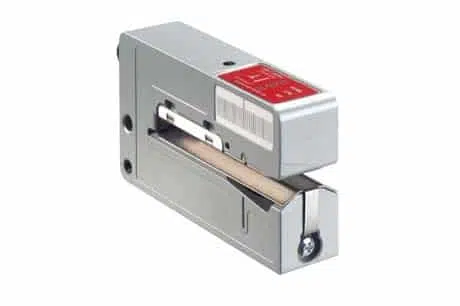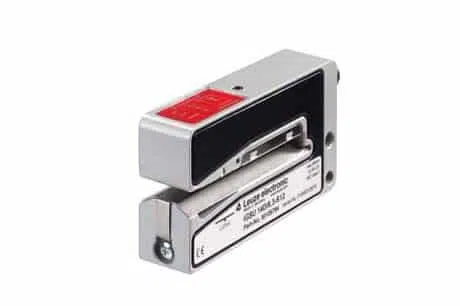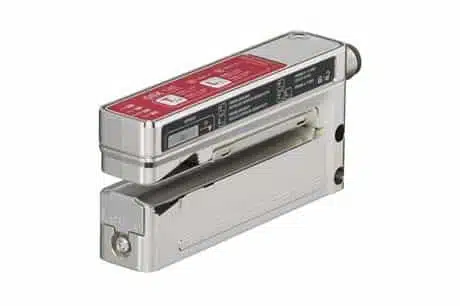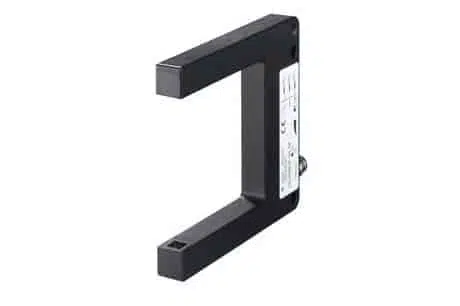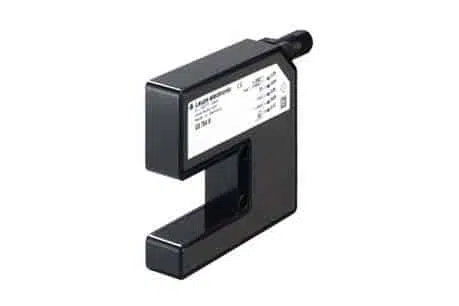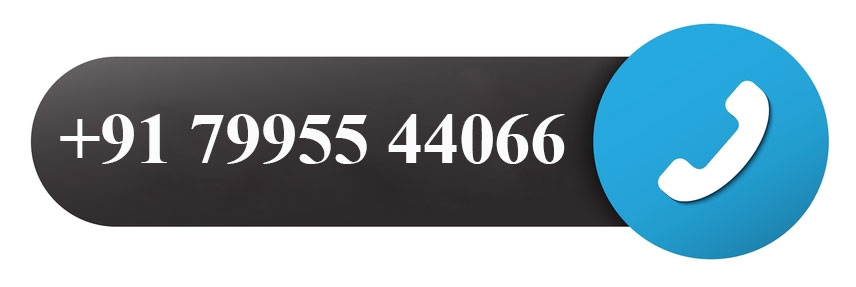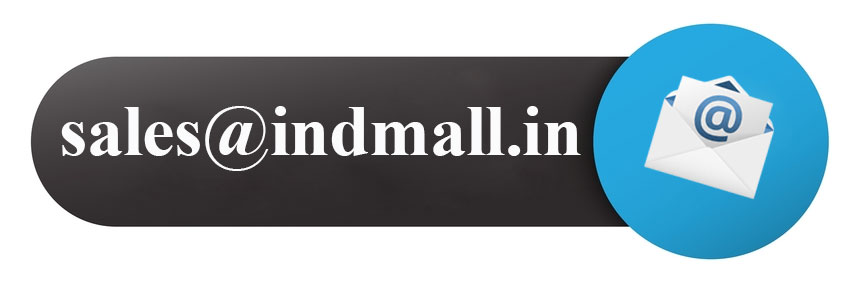Request a Quote For Leuze Label Gap Sensor
Leuze Label Gap Sensor: Fork, Gap & Label Detection
IndMALL Automation offers a wide range of Leuze sensors suited for diverse industrial tasks. Our Leuze Label Gap Sensor is specially designed to accurately detect spaces between labels.
In addition, our selection includes the dependable Leuze fork sensor. No matter your requirement, be it a gap sensor or a label sensor, IndMALL guarantees top-notch quality at competitive prices, ensuring you get the best value.
Leuze Label Gap Sensor: GS 61 Series
Label gap sensors work by shining light and detecting its reflection. They spot the difference between labels and spaces, ensuring correct placement.
GS 61 Series
Leuze Fork Sensor: GS 63 Series
These sensors have a fast response and high switching rate, ensuring consistent results. They’re easily set with a lock button, and their slim design fits tight spaces. The ALC feature auto-adjusts for optimal performance, and a warning alerts for any setup errors.
GS 63 Series
Leuze Gap Sensor: GK 14 Series
This fork sensor can detect both clear and opaque labels. It’s adaptable with PNP and NPN outputs. Housed in sturdy metal with angled edges, it also features an adjustable input for signal optimization.
GK 14 Series
Leuze Label Sensor: GSU 06 Series
This sensor reliably detects various labels, including foil on foil or paper. Easily set up with a button press, it fits both PNP and NPN outputs, available with M8/M12 connectors or cable.
GSU 06 Series
Leuze Fork Sensors for Label Detection: GSU 12 Series
Detect various labels, from foil to metal, easily and reliably. Set up is simple with a button press. Our ultrasonic fork sensor, with its wide design, also works great for booklets and leaflets.
GSU 12 Series
Leuze Fork Sensors for Label Detection: GSU 14 Series
Easily detect various labels with a simple button setup. Use a cable, IO-Link, or manually tune for best results. It’s tamper-proof, supports multiple settings, and has both horizontal and vertical M12 connectors.
GSU 14 Series
Leuze Fork Sensors for Label Detection: IGSU 14 Series
Detect various labels on different carriers effortlessly. Use the one-touch button for easy setup. Adjust settings manually or via IO-Link. It’s secure, user-friendly, and available in horizontal or vertical M12 connector models.
IGSU 14 Series
Leuze Fork Sensors for Label Detection: GSX 14 Series
Easily identify labels on various carriers with this sensor. Its smart easyTeach button ensures quick setup. Adjust settings manually or through IO-Link. It’s secure and comes in both horizontal and vertical designs with an M12 connector.
GSX 14 Series
Leuze Fork Sensors for Object Detection: GS 04 Series
You can easily change sensitivity and switch modes for different tasks. Adjust from the back of the fork. Its strong build ensures durability. With both parts in one unit, setting up is quick and easy.
GS 04 Series
Leuze Measuring Fork Sensors: GS 754B Series
It measures up to 25mm with a 14μm precision. You can set its range and mode. It has a teach-in feature and gives alerts. It can detect many objects and connects using standard and M12 interfaces.
GS 754B Series
People Also Ask
How does a label sensor work?
A label sensor detects labels on products.
It uses light to see the gap between labels. When light hits a label, it reflects differently than the gap. The sensor notices this change in light.
This helps machines place labels correctly. It ensures labels aren’t too close or overlapping.
In short, label sensors help make labeling precise and consistent.
How do you use label control?
Using label control is simple.
- Choose the Right Sensor: First, pick a sensor. It should fit your label type and material.
- Install the Sensor: Put it where labels pass by. Make sure it faces the labels.
- Calibrate: Use the sensor’s buttons or knobs. Adjust it until it detects labels correctly.
- Test: Run some labels through. The sensor should spot the gap between labels.
- Monitor: Check it regularly. Ensure it’s working right.
Using label control helps in accurate label placement on products.
How do fork sensors work?
Fork sensors have a unique design.
- Two Parts: They have a transmitter and a receiver.
- Shape: They look like a fork. Hence the name.
- How They Work: The transmitter sends light. If an object is between the fork’s arms, the light doesn’t reach the receiver.
- Object Detection: When light is blocked, the sensor knows there’s an object.
Simply, fork sensors spot objects by checking if light passes through the fork.
What is the purpose of a sensor?
Sensors have an important job.
- Detection: They detect changes in the environment.
- Information: They give us information about those changes.
- Reaction: Devices can then react based on this information.
In short, sensors help devices understand and respond to their surroundings.
Browse our range and find the best offers on Leuze Label Gap Sensor.


